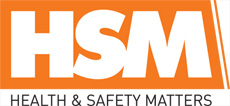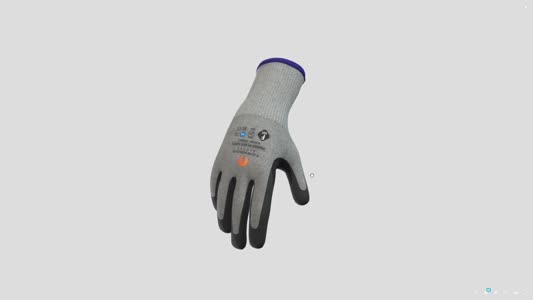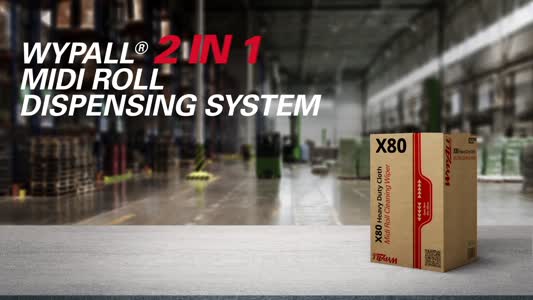
 |
Mark Sennett
Managing Editor |
 |
Kelly Rose
Editor |
| Home> | Breathing Safely | >Face Masks | >HSE to inspect motor vehicle repair firms |
| Home> | Breathing Safely | >Respirators | >HSE to inspect motor vehicle repair firms |
| Home> | Premises | >Ventilation | >HSE to inspect motor vehicle repair firms |
HSE to inspect motor vehicle repair firms
28 September 2025
THE HEALTH and Safety Executive (HSE) has launched 1,000 targeted inspections of motor vehicle repair businesses across Great Britain to tackle occupational asthma.

Many skilled vehicle paint sprayers develop this life-changing and debilitating disease each year, forcing them to leave their profession permanently.
This inspection campaign will focus on workplaces that use isocyanate-containing paints and coatings – the leading cause of occupational asthma in the UK. Once asthma develops, even small amounts of isocyanate exposure can trigger severe attacks, making continued work in the industry impossible for affected workers.
Legal requirements under COSHH
The inspections will assess compliance with the Control of Substances Hazardous to Health (COSHH) Regulations. Under COSHH, employers must prevent or control worker exposure to isocyanates using effective control measures and safe working procedures. They must also verify these measures are working by arranging regular health surveillance and biological monitoring. Both are legally required for workers exposed to isocyanates.
Health surveillance is required when there is risk of inhalation exposure and skin contact during paint spraying activities. COSHH also requires that exposure is monitored using a suitable procedure. Biological monitoring (urine testing) is the most practicable and cost-effective method to assess exposure levels and ensure control measures are effective.
Protecting workers through health checks and testing
Health surveillance involves regular medical screening by competent occupational health professionals to detect early signs of health conditions like occupational asthma or dermatitis.
Biological monitoring involves laboratory analysis of samples taken from workers to detect chemical isocyanate exposure before health problems develop. This provides an early warning for employers to investigate and correct control failures. HSE recommends urine testing as the most practical and cost-effective method for measuring isocyanate exposure.
Kate Jones, HSE’s biological monitoring team lead, said: “Biological monitoring, a simple urine test, is a quick and cost-effective way to check that control measures are working and being used properly, giving sprayers, dutyholders and HSE confidence that spraying is being done safely.”
Isocyanate-containing materials, commonly known as two-pack (2k) paints, coatings and lacquers, are widely used for their durability and finish quality. However, when sprayed, these paints release invisible mist that spreads rapidly and can reach dangerous levels within minutes.
Three essential protection measures
Businesses must implement three critical safety measures during spray painting operations:
- Proper spray booth ventilation – Maintain spray booths or rooms with adequate extraction systems that create negative pressure. This prevents paint vapours escaping into workshop areas and contaminating the wider workplace.
- Correct respiratory protection equipment – Workers must use air-fed breathing apparatus certified to the appropriate standard. Filtering respirators do not provide enough protection against paint mist and vapours during spray operations. Breathing apparatus should ideally be full-visor type, but half-mask type with appropriate eye protection is acceptable with more frequent biological monitoring.
- Safe clearance procedures – Display measurable clearance times clearly for all workers to see. Workers must not remove respiratory protection until they are safely outside the spray area, or the required clearance time has fully elapsed.
Consequences of non-compliance
Businesses found to be breaching the COSHH Regulations may face improvement notices, prohibition notices, or prosecution leading to unlimited fines.
Motor vehicle repair businesses can access comprehensive information and materials through HSE’s campaign pages to ensure compliance and protect their skilled workforce from preventable occupational disease.
- Research highlights mental health crisis among tradespeople
- Charities benefit from facemask donation
- Company and gas fitter fined after explosion
- Conference will question rail safety
- National Highways to reward driver risk management performance
- NHS Health Board fined after failings resulted in man’s death
- Fines after hospital staff attacked by patients
- Company fined after workers exposed to flour dust
- Construction worker crushed by bungalow timber frame
- Printing company in the dock after worker’s hand crushed
- Mask additions
- Disposable respirator offers durability
- Respiratory protection urged
- Welding talk
- Combo passes fit test
- Double protection at half the price
- 3M advanced three-panel design optimises comfort
- Flexible fit disposable respirator
- Mask change cuts costs
- 3M Pioneers advanced disposable respiratory protection technology























